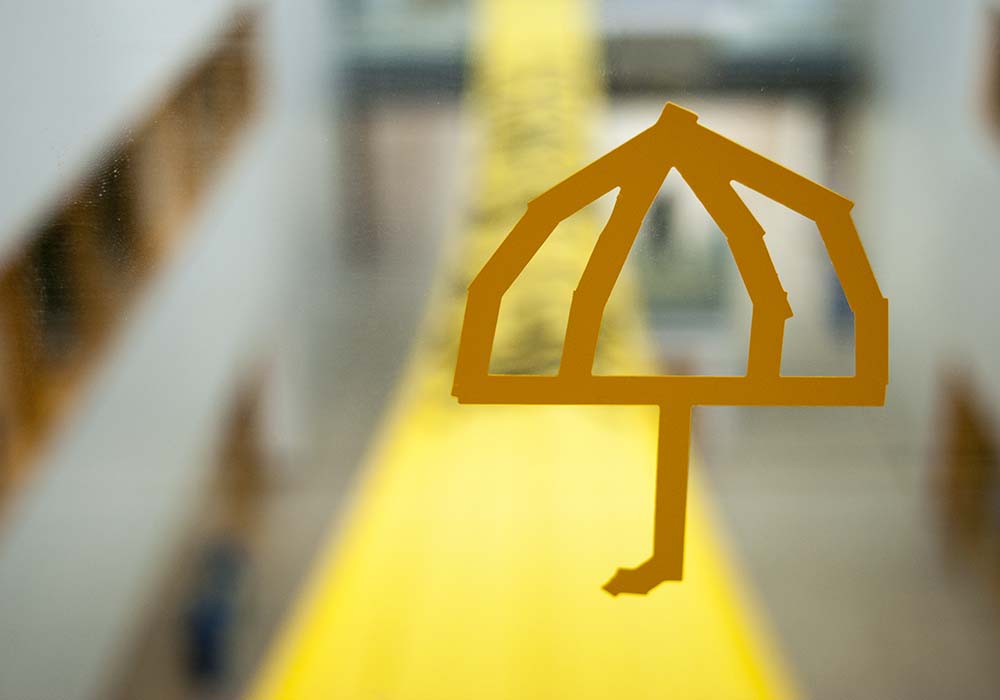The Umbrella Movement that began in fall 2014 in Hong Kong survives to this day. With democratic demands of free and fair elections, the peaceful protesters took to the streets in September 2014, with umbrellas used against oncoming tear gas attacks.
A year later and sponsored by several institutions including York’s Department of Design and the York Centre for Asian Research, a joint Canadian and Chinese exhibit curated photographs from the protests, which are on display in the design corridor on the fourth floor of the TEL building.
This photo exhibition demonstrated the power of resilience and defense through the use of the umbrella as a symbol. Although a fragile piece of protection, an umbrella is mightier than it seems by protecting protesters from rain, water hosing, and tear gas, and were equivalent to the riot gear police brought along.
Although the fight is not over, protesters will have their say in either pro-Beijing or pro-democracy at the parliamentary elections next year. Until then, protesters are taking a break. A front page editorial from Hong Kong pro-democracy newspaper Apple Daily said, [su_quote]“Right now people need to take a rest. We will put away our umbrellas so that one day we can reopen them again.”[/su_quote]
In the meantime, the umbrellas remain open at various art exhibitions. York’s exhibit cannot fully be expressed in words. Emotions run high, from sadness, anger, hate, despair, sympathy, and a longing to protect humans from any kind of harm. Photographed individuals show raw emotions of fear, anger, and hate, evoking empathy and the fight for human rights of free speech.
“I think about how it may be my right to vote as a Canadian citizen, but it is a privilege to be able to vote and express my opinions. That is not common in many other places in the world,” says Victoria Kwong, a fourth-year student studying kinesiology and health science.
Although the struggles may be kilometres away, the photo exhibit speaks to large audiences. In a Canadian context, this serves as a brutal reminder to take advantage of our liberal right to express our wants and needs through an elected member of our community.
“Just looking at pictures I felt overwhelmed. Not sure in a good way or bad way,” says Melissa Calanza, a fourth-year student studying public policy and administration. “It looks like a revolution in the making, thousands of people coming together for one great cause.”
We have to look beyond the surface of the photo and open our minds. People are fighting for civil rights, fighting to protect their families and their loved ones in the hopes of gaining what we often ignore: a vote. Through a transcultural understanding of their struggles, we help keep the memory of those struggles alive.
The exhibition runs from October 2 to 15.
Viginthiny Paramananthan, Contributor
Featured image courtesy of Alexander DeSouza


